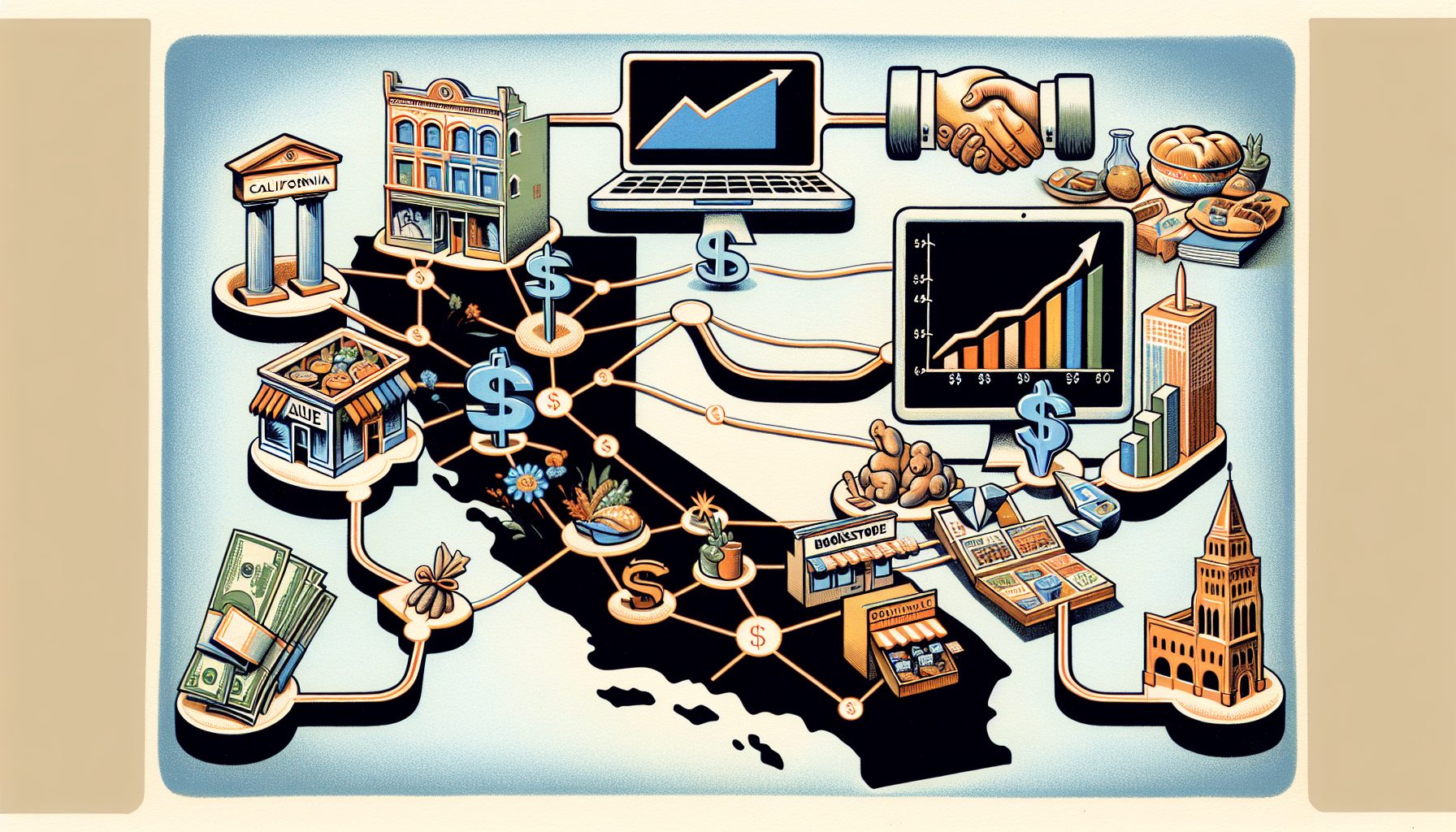As a corporate buzzword, “efficiency” is a particular favorite, especially in IT, where everyone from CIOs to network analysts are tweaking and purchasing with the aim of achieving ever greater efficiency. But what does that word even mean when applied to networking?
Efficiency gains might refer to a reduction in power and cooling, or a strategy change, such as switching to virtualization or implementing more monitoring tools. On the whole, however, some companies that yearn for efficient networks may not be creating enough policies and benchmarks to recognize efficiency advances.
“It can be a very ambiguous term,” says Peter Doggart, vice president at Crossbeam Systems, which provides a platform that facilitates the consolidation, virtualization, and simplification of security services.
Problems in reaching more efficiency often crop up because there is too much complexity and duplication in network infrastructures, he believes. Many enterprises have too many processes, too much equipment, and communication disconnects among security, networking, and system operations professionals.
“When there’s so much complexity, you end up always firefighting, because you fundamentally don’t know what’s going on in the network,” Doggart notes. “Companies end up buying more equipment, thinking that will solve the operational efficiencies, and then they have to hire more people to manage it. It’s a horrible cycle.”
Doggart believes that CIOs in particular struggle with understanding the current level of efficiency in their network infrastructure, and that creates challenges as new equipment gets put in, or a strategy like consolidation is launched. Without knowing how efficient a network already is, how can a CIO gauge whether any advances are being made after modifications are made to the network setup?
“That’s the killer question: how do you know when your network is being inefficient?” notes Doggart. “There needs to be more investment in tools and resources that can track areas like power consumption.”








